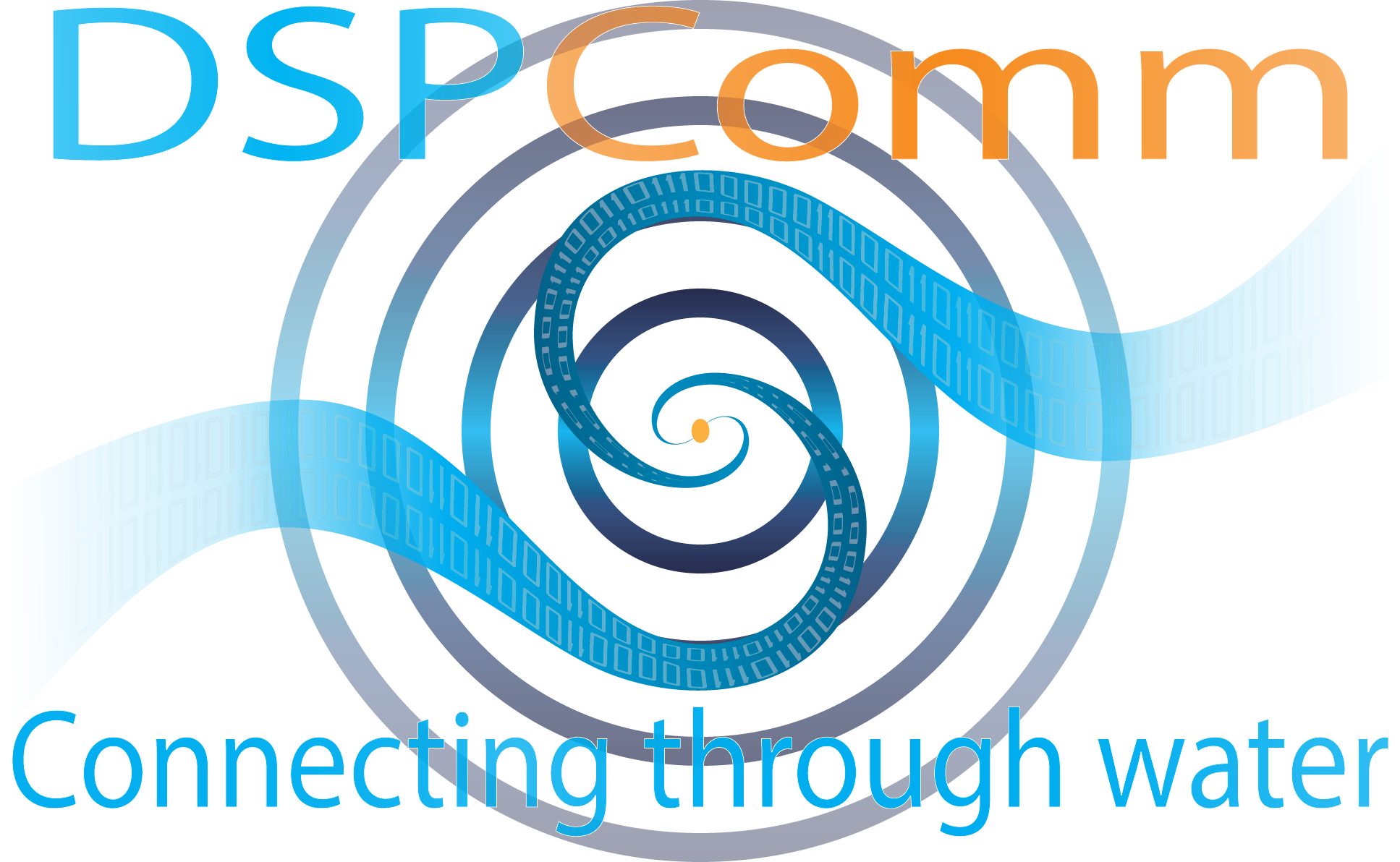An Autonomous Underwater Vehicle (AUV) or Unmanned Undersea Vehicles (UUV) is a robot that travels underwater and can function without tethers, cables, or remote control. First developed in the 1970s, AUVs are now becoming increasingly used to carry out underwater tasks, especially those that are too hazardous or impractical for manned or tethered underwater vehicles. Examples of applications include the following:
- Gather data from underwater instruments;
- In the oil and gas industry, AUVs are used to make maps of the seafloor before subsea infrastructure is built and for various maintenance tasks;
- In defence, AUVs are used in surveillance, intelligence gathering, and mine warfare.
As AUVs do not have a tether to the deploying platform, a reliable wireless communications link is critical. This communications link is used to monitor the AUV, as well as send commands and receive data and status information.
The key benefits of using Aqua Comm for AUVs are:
- Very reliable communications for high level of data throughput, even in harsh conditions, ensuring the AUV’s communications link to the surface is always dependable.
- Low power consumption to maximise battery life, which is a critical AUV design parameter due to the need for extended endurance. The total energy consumption to transfer data is very low due to the data packets being correctly transferred on the first transmission.
- The modem’s small size and light weight make it fit easily into the AUV.
- The ability to network between several AUVs and the base, making it manageable to operate complex projects involving multiple AUVs.

